
The Nuremberg Town Hall (Nürnberger Rathaus), which houses the city hall and the Museum of medieval dungeons (Mittelalterliche Lochgefängnisse), is one of the main attractions of the city and part of the tourist route (tour) - The Historical Mile of Nuremberg (Historische Meile Nürnberg).
Nuremberg Town Hall is located in the historical center of the city, on the northern outskirts The Market square (Hauptmarkt), next to the Church of St. Sebald (Sebalduskirche).
The City Hall today is a complex consisting of the Old Town Hall and the New Town Hall.
The Old Town Hall (Altes Rathaus) is one of the most important buildings of the city, where offices and authorities have been located since the Middle Ages.
For seven centuries, the town hall was the "main arena" of Nuremberg: emperors and kings held festive receptions in the upper part of the town hall, and prisoners in the dungeons of the town hall waited for court hearings or execution.
The construction of the old town hall took place in several stages and also included reconstruction and expansion.
Today's architectural ensemble of the old town hall consists of two parts: the oldest part of the town hall - Gothic, built since the 14th century (between 1332 and 1340), and later, made in the style of the Italian Renaissance - designed by architect Jacob Wolf Jr. and erected in the 17th century.
The Renaissance part of the town hall was badly damaged during World War II and largely rebuilt in the 1950s.
The western facade of the town Hall is notable for three towers and three Baroque portals (entrances) decorated with sculptures.
The western and northern facades of the old Town Hall


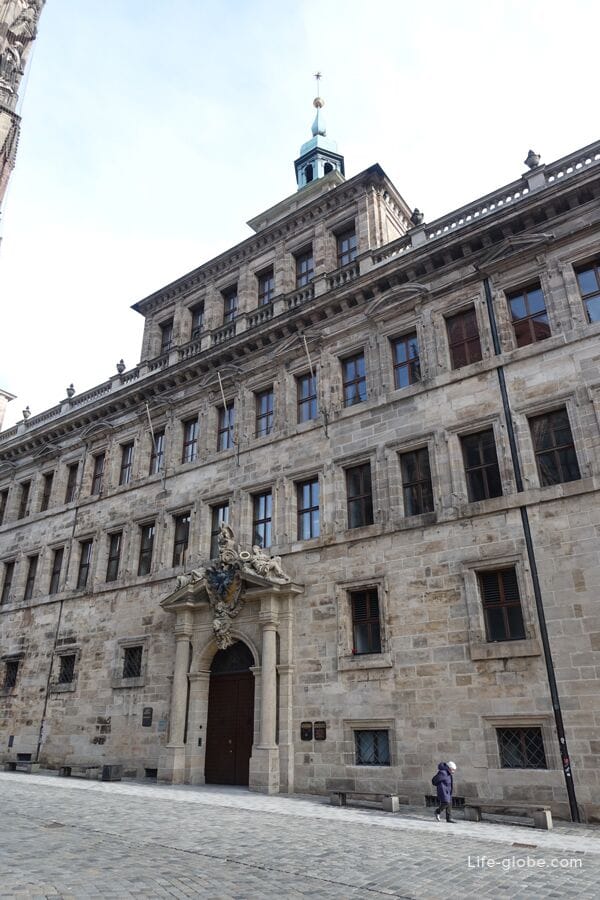
The western facade of the old town hall - the Gothic part of the old town hall is adjacent to the right
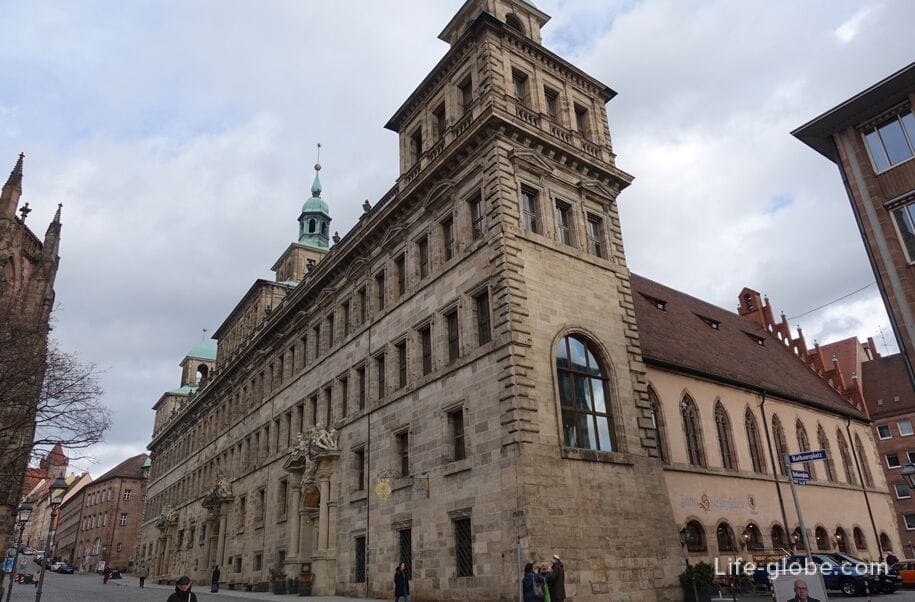
Gothic - southern and eastern facades of the old town hall
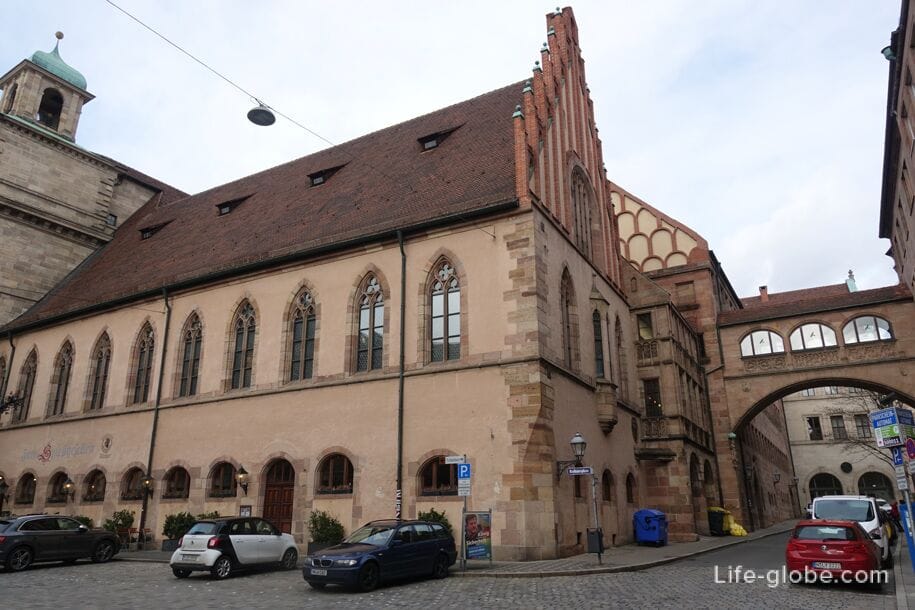

In the basements of the old town hall there is a museum of medieval dungeons (Mittelalterliche Lochgefängnisse), which consists of a historical dungeon prison, the cells of which have been used since the 14th century for interrogations and detention of prisoners before the execution of sentences.
Twelve small cells and a torture chamber give each guest a visual acquaintance with the picture of the jurisdiction of the city of the past centuries.
The conditions of the prisoners' detention were appalling: prisoners could spend several days in one of the two-by-two-meter cells, bound and in complete darkness. The equipment in the cells was meager: the floors, ceilings and walls were covered with wooden boards; the facility consisted of a small cot, a bench and a bucket for defecation with a board on it, which also served as a table; in winter there was an additional heater. The prisoners themselves had to pay for food, accommodation and any necessary medical care during their detention in the cells. Beggars were fed at the expense of charity or at the expense of the city.
Some cells were intended for prisoners of a certain type: in cell No. 11 there is a red rooster, a symbol of arson, and in cell No. 12 there is a black cat, which indicates a slanderer.
The torture chamber, called the "chapel", because of its size and, as if mocking the prisoners, gives an idea of how the accused were tortured and interrogated at that time.
A famous prisoner of this prison was the German sculptor Faith Stoss.
Medieval dungeon prisons in the old town hall can be visited as part of an excursion.
Museum website: lochgefaengnisse.
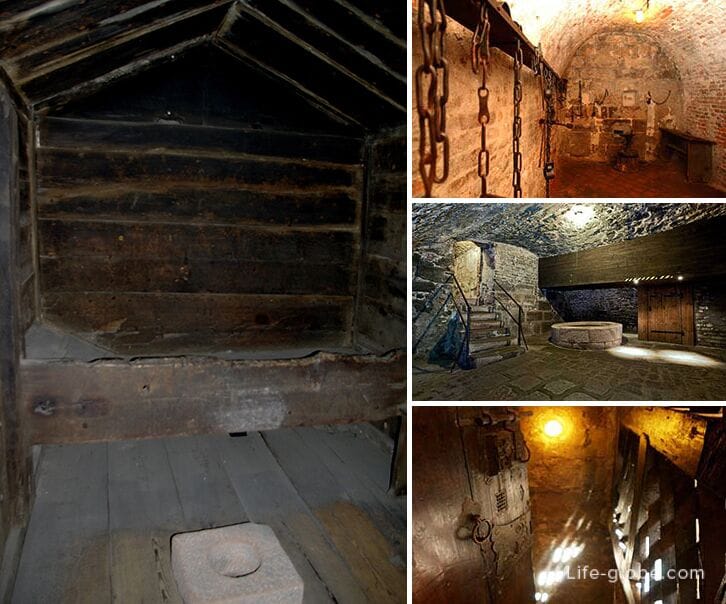
Address of the Old Nuremberg Town Hall and Museum: Rathausplatz 2, 90403 Nuremberg.
The so-called New Town Hall (Neues Rathaus) is a detached building located near the old town hall (on its southern side).
The main facade of the new town hall faces the north side of the market square.
The buildings between the then existing town hall (today the old Town hall) and the northern end of the main market (today the market square) were destroyed during World War II. In 1951, architect Kurt Schneckendorf designed a New Town Hall in their place, which is also known as Schneckendorf-Bau (Schneckendorf-Bau).
The construction of the town hall took place from 1954 to 1956.
The new Town Hall is architecturally in sharp contrast to the Old Town Hall and is made in the style of the 1950s with a lattice facade.
View of the New Town Hall from the center of the Market Square. On the left - "Beautiful fountain" (Schöner Brunnen)
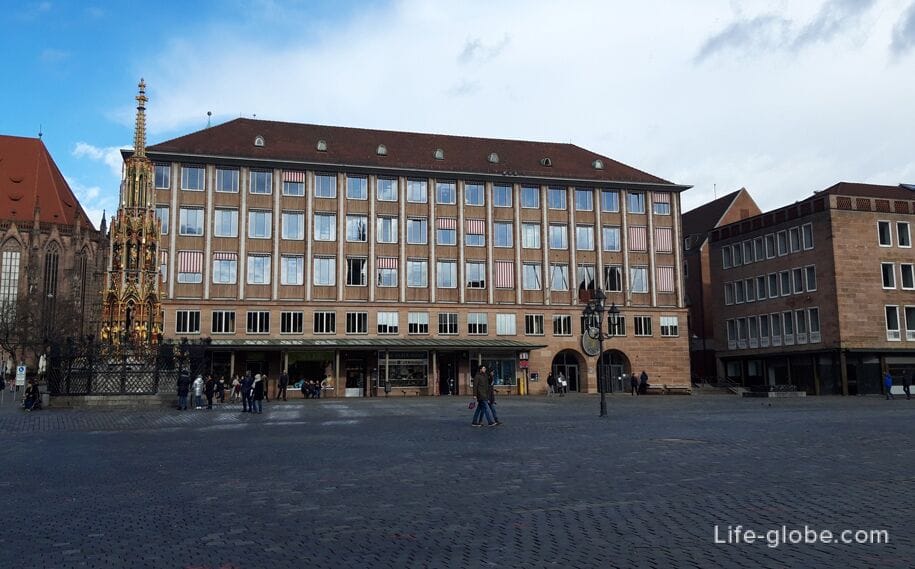
View of the western facade of the New Town Hall
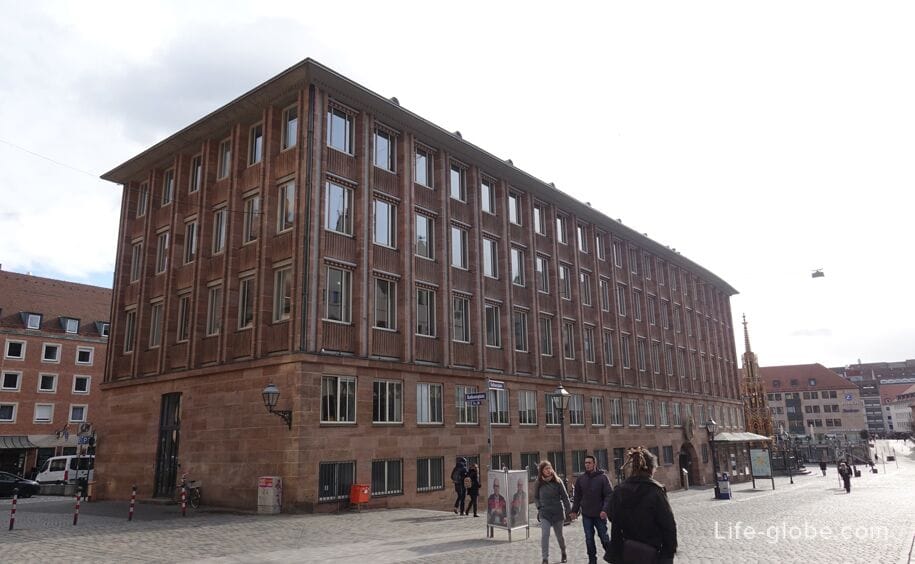
In the new town hall there are also: tourist information center, cafe and shop.
Address of the New Nuremberg Town Hall: Rathausplatz 18, 90403 Nuremberg.
Between the buildings of the Old and New Town Halls, on the Town Hall Square 6 (Rathausplatz / Rathausplatz), there is a fountain "Goose" (Gänsemännchenbrunnen).
The fountain got the name "Goose" because it depicts a man with two geese under his arms.
The figure of the fountain was cast by Pancrase Labenwolf around 1550, the design is attributed to Hans Peisser.
Legend has it that this fashionably dressed farmer of the 16th century carries his geese to the market for sale. The geese suspected what was waiting for them and began to shout loudly. Softened by such an event, the farmer took pity on the animals and took them back home.
The bronze figure of a farmer with geese is located on a granite pedestal in the center of the fountain bowl and is fenced with a wrought iron lattice of the Renaissance. Streams of water flow from goose beaks.
During the time of the imperial city, this fountain was located on the square behind the Frauenkirche church - in the current Fruit Market (Obsmarkt / Obstmarkt, formerly known as Gänsemarkt / Genzemarkt). The fountain received its current location during the reconstruction period after 1945.
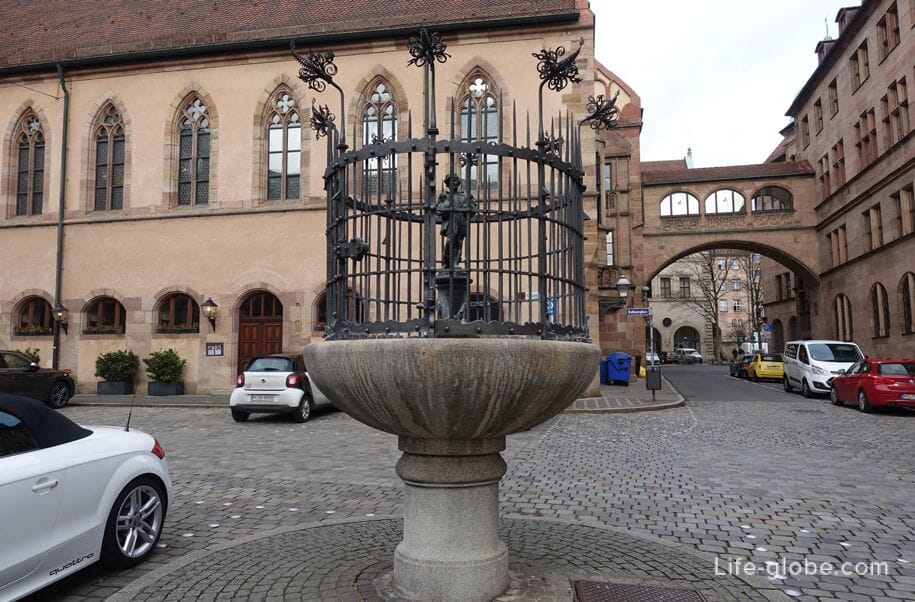
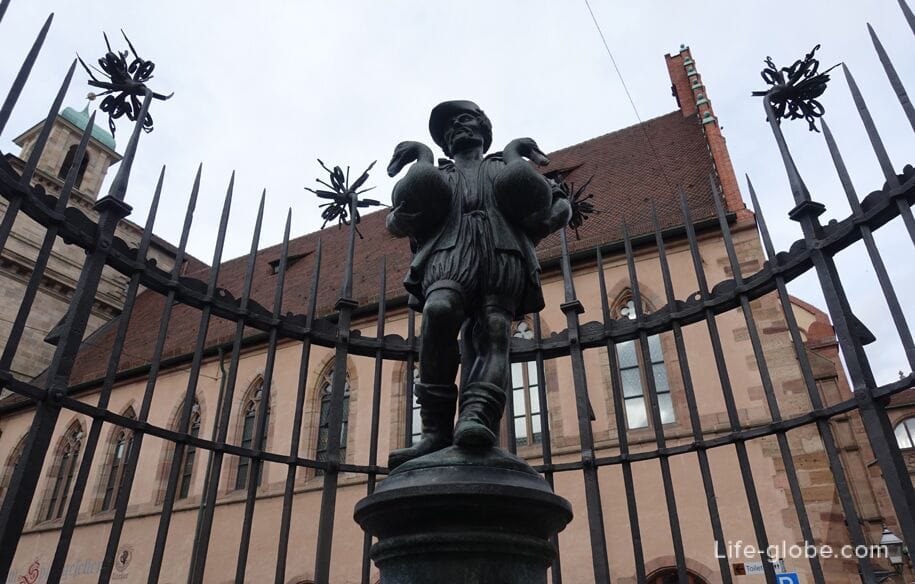
All accommodation facilities in Nuremberg, including in the city center and near the town halls, can be viewed and booked here